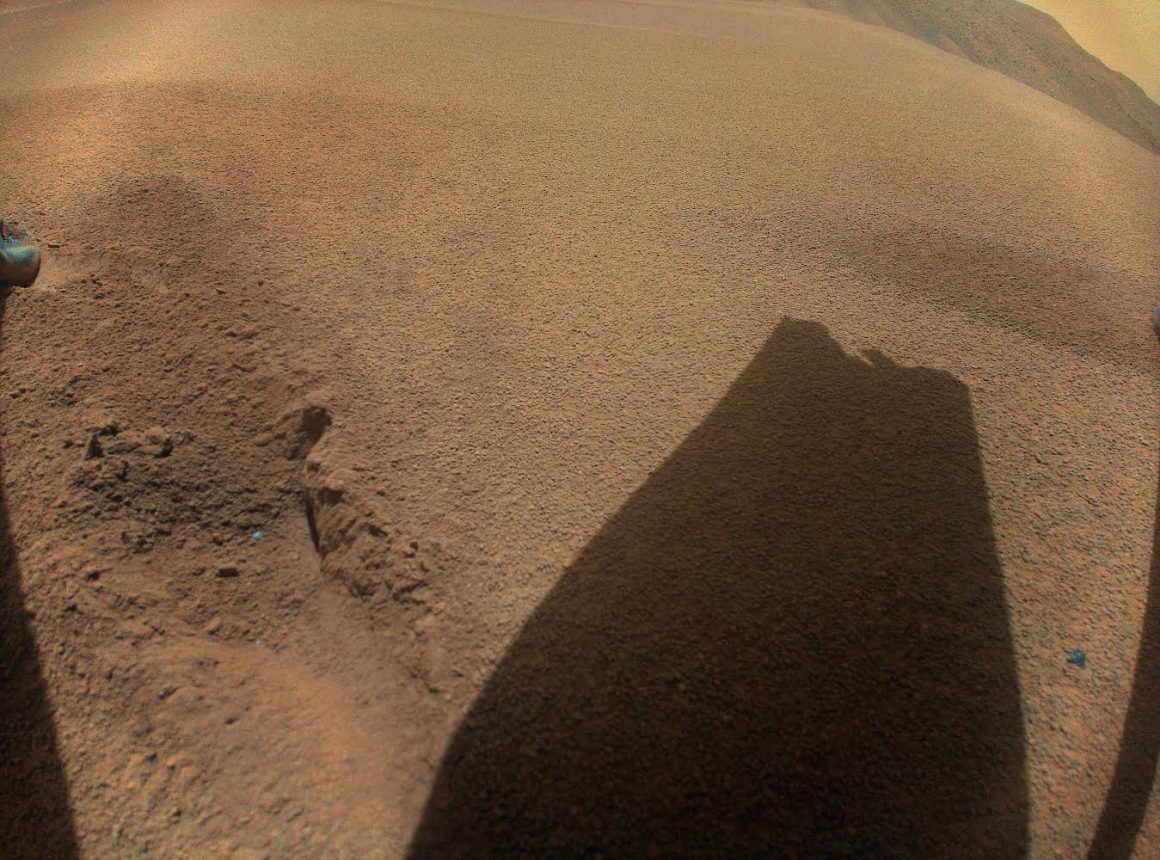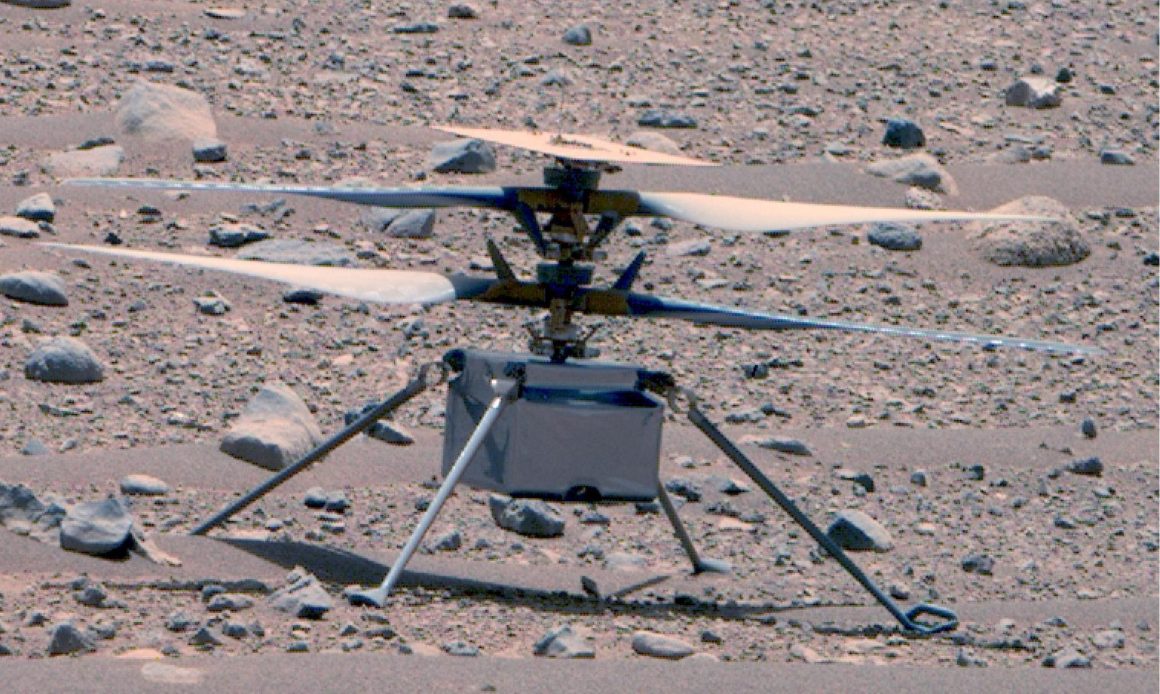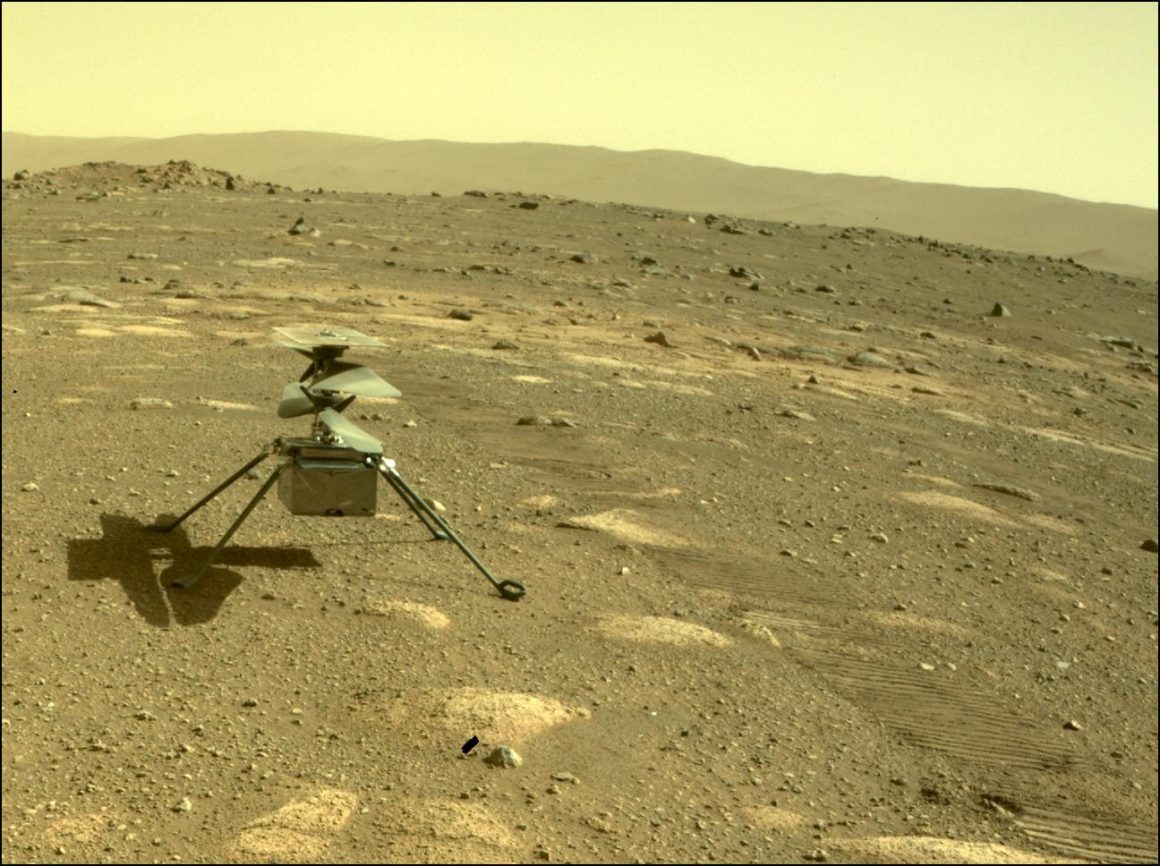Damaged Blades Doesn’t Take Away From Mission’s Amazing Accomplishments
The first aircraft to ever fly on another world has wrapped up its historic mission on Mars. NASA’s Ingenuity helicopter exceeded expectations, operating for nearly 3 years on what was originally just a 30 day flight test campaign.
It carried with it a swatch from the original Wright Flyer, following in its footsteps as the first aircraft to prove flight is possible on another world.

It could have flown for even longer too, but it recently damaged its rotor upon landing from its 72nd and now final flight.
Unfortunately, there are no mechanics on the Red Planet… yet! Ingenuity is, however, still able to communicate with Earth and is standing upright.

“That remarkable helicopter flew higher and farther than we ever imagined and helped NASA do what we do best – make the impossible, possible,” said NASA Administrator Bill Nelson.
“Through missions like Ingenuity, NASA is paving the way for future flight in our solar system and smarter, safer human exploration to Mars and beyond.”

The 4-pound chopper was launched with NASA’s Perseverance rover on July 20, 2020 from Cape Canaveral. They landed on the floor of Mars’ Jezero Crater the following February.
On its last sortie, Ingenuity lost communication with Perseverance as it was landing. When communication was re-established, Ingenuity was on the ground, but damaged. NASA is trying to understand why the communication blacked out.

Ingenuity accomplished far more than NASA expected
The little helicopter was a technology demonstrator. Its original mission called for 5 experimental test flights over 30 days. NASA, however, is known for over-engineering spacecraft to operate for as long as possible, years beyond their design.
The little helicopter not only flew 72 flights, but it flew more than 14 times farther than planned. In total it flew about 11 miles, and logged more than 2 hours of total flight time.
According to NASA, Ingenuity was able to autonomously choose landing sites in treacherous terrain, deal with dead sensors, and clean itself after dust storms. It operated from 48 different airfields too, and conducted 3 emergency landings.
Aircraft on other worlds will be a normal occurrence in the future
Either way, the chopper far exceeded what was expected of it. NASA is already working on the next aircraft too, and such vehicles will no doubt become a part of future mission to not only Mars, but potentially other missions planned within the solar system.

Other worlds present new flight challenges. Each world has different weather, air density, solar intensity, and many other variables and unknowns. Flying in the vacuum of space is one thing, but doing so in different atmospheres is another, demanding new technology and engineering.
Whatever the future holds for flight on other worlds, Ingenuity was the foundation to pave the way, just like the Wright Flyer did for Earth.

